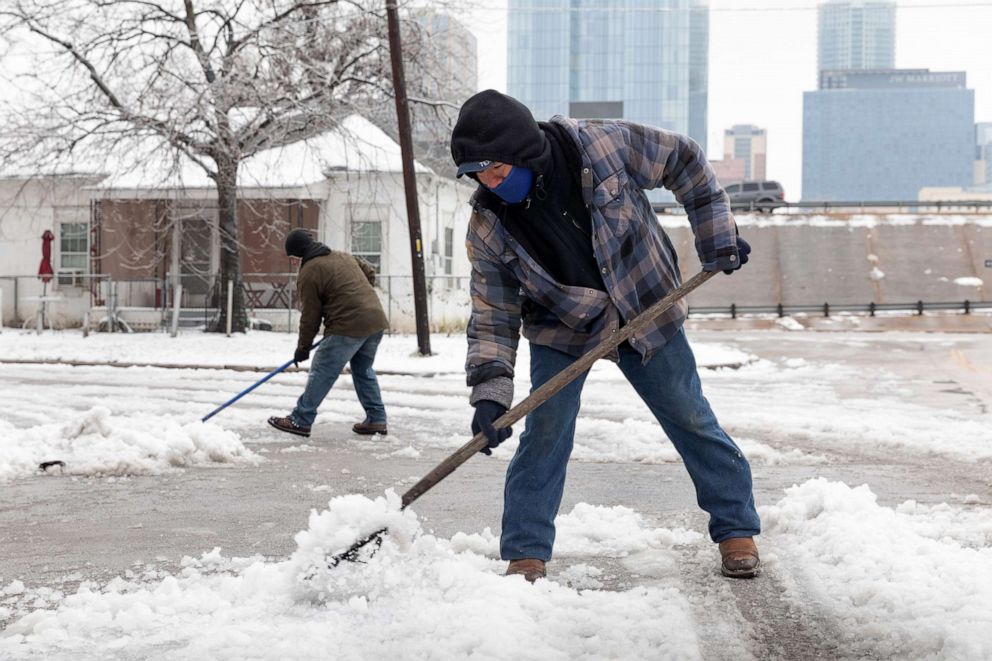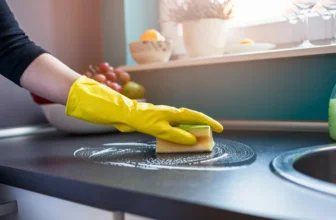
Emergencies can strike at any time, anywhere. From extreme weather events to unexpected disruptions in the supply chain, having a plan and the right gear is essential for staying safe and managing any emergency situation. Here are some tips on how to get prepared before an emergency strikes.
Table of Contents
Get Tactical and EDC Gear

Source: everydaycarry.com
The first step in getting ready for an emergency is to make sure you have the necessary tactical and EDC (Every Day Carry) gear. Depending on the type of emergency you may be facing, this could include things like flashlights, multi-tools, fire starters, survival shovels (but the good one, like it described here), knives, survival blankets, communication devices (like walkie-talkies or satellite phones), water filtration systems, and more. Having these items on hand will help ensure that you are prepared for anything that comes your way.
Create Your First Aid Kit

Source: everydaycarry.com
No matter what type of emergency situation you find yourself in, having a well-stocked first aid kit is always important. This should include items like bandages and dressings, antiseptic wipes and cream, adhesive tape, tweezers/scissors/safety pins/splinter removers, thermometer, pain relief medication (such as ibuprofen or paracetamol), antihistamines (for allergies), eye wash solution etc. Having these items on hand can help treat minor injuries quickly without having to leave your home or location until it’s safe to do so. Another thing you can do to make sure you’re always prepared for emergency situations is to enroll in a cpr first aid course.
Create 96-Hour Food Emergency Supplies

Source: sosproducts.com
In the event of an emergency situation where food supplies are disrupted due to shortages or other unforeseen circumstances it’s essential that you have enough food stored up for at least 96 hours. Ideally this should include non-perishable items such as canned foods (such as soup or beans), energy bars/cereal bars/nuts/seeds etc., dried fruits & veggies etc., canned juices & milk powder etc., ready-to-eat meals such as instant noodles etc., high calorie snacks such as peanut butter crackers etc., all of which can be easily stored for long periods of time and won’t require refrigeration.
Take Warm Clothing

Source: rei.com
It’s also important to ensure that you have warm clothing available in case temperatures drop unexpectedly during an emergency situation. This could include things like hats & gloves; waterproof jackets; thermal underwear; thick socks & scarves; insulated boots; sleeping bags etc. By being prepared with proper clothing you can help protect yourself against hypothermia if temperatures significantly drop during an emergency situation when there may not be access to heat sources like fireplaces or stoves.
Conclusion
No one likes thinking about emergencies but they do happen—so it’s important to be prepared just in case something unexpected happens. By following these tips and making sure you have the right tactical gear and supplies on hand when disaster strikes, you will be better equipped to handle any potential crisis that comes your way. Being prepared will help ensure that no matter what happens—you will know exactly what steps need to be taken in order stay safe and manage whatever comes your way!







